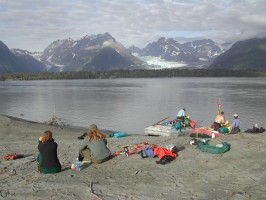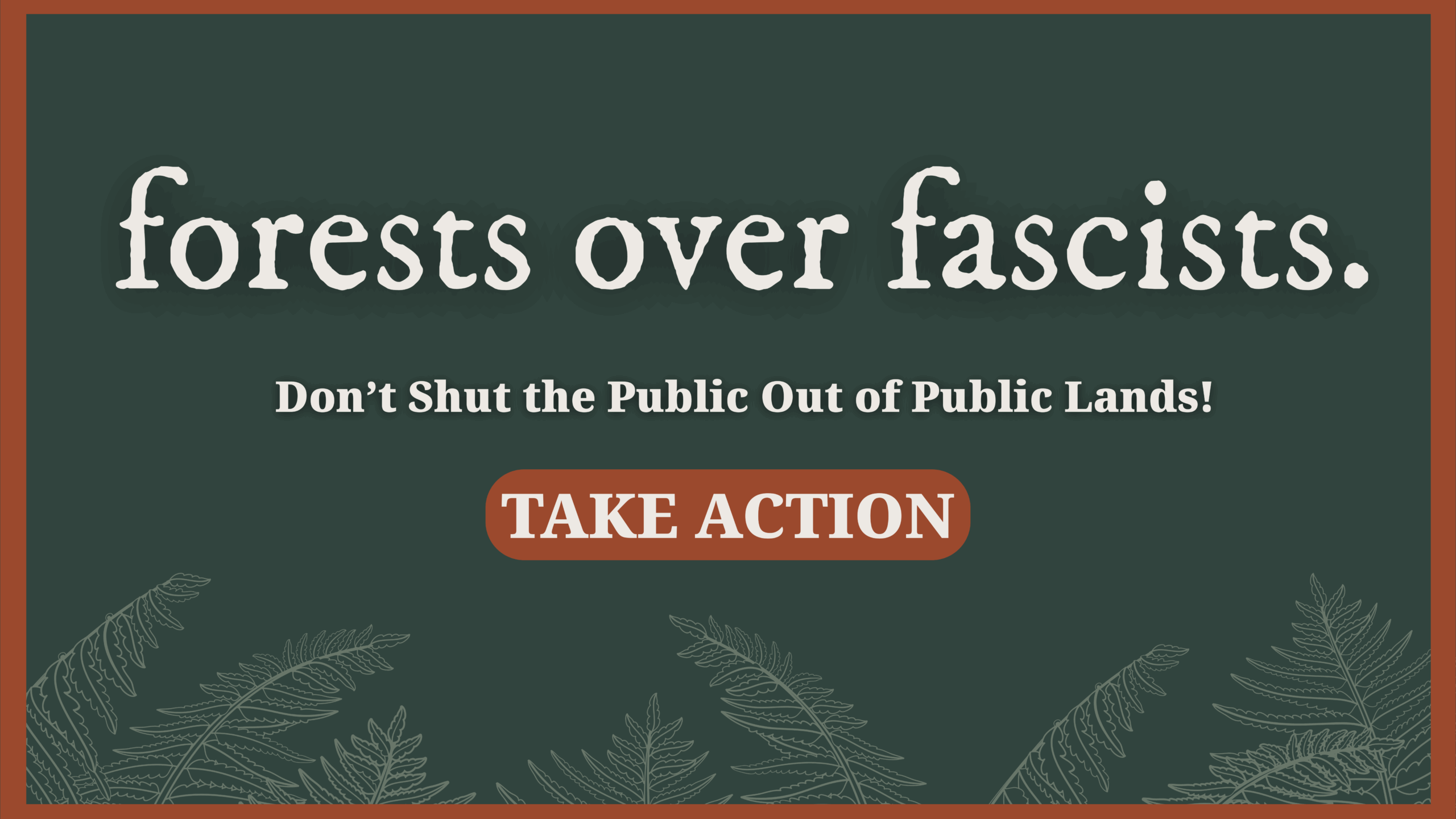
The renowned Copper River is threated by the aging Trans Alaska oil pipeline (Josh Laughlin).
It is also home to the Trans-Alaska Pipeline (TAPS), which carries Alaska’s Arctic crude oil, snakes for over 160 miles through the watershed and crosses all five major tributaries of the Copper River. Due to corrosion, lax regulation, and severely misguided priorities, oil companies have left the river vulnerable to a catastrophic oil spill from the pipeline. Given the industry’s history, the question is not if, but when will the spill occur?
Cascadia Wildlands is committed to holding oil companies accountable for identifying and protecting environmentally sensitive areas in the watershed and making sure that the pipeline is maintained and monitored. We are working closely with the Copper River Watershed Project and other stakeholders to ensure proper oversight of the Trans-Alaska Pipeline. Please watch below for updates and action items. The Copper River region is simply too important for us to rely on oil company promises. For more information click here.


